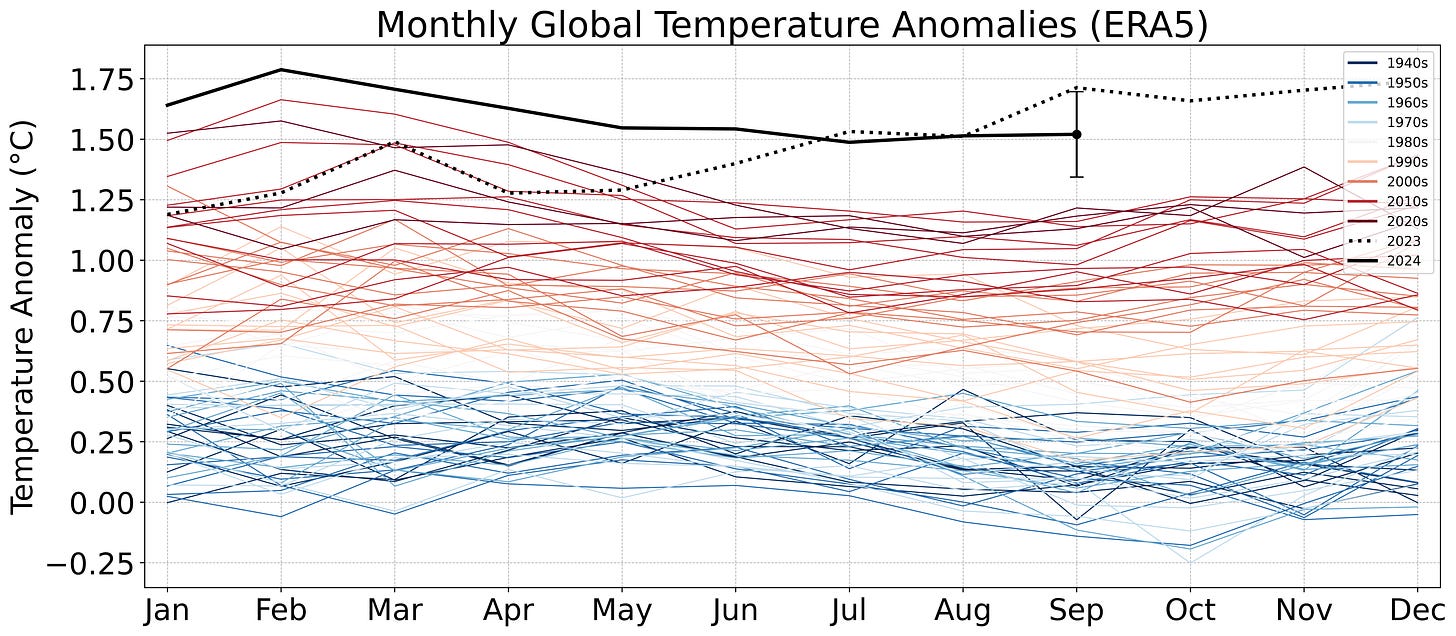Applied Sciences, Vol. 14, Pages 5500: Damage Evolution and Fractal Characteristics of Granite under the Influence of Temperature and Loading
Applied Sciences doi: 10.3390/app14135500
Authors: Xiankai Bao Lingyu Wang Youjun Xu Chaoyun Yu Xiaofan Zhang
To study the damage characteristics and evolution law of granite under the influence of temperature and loading rate, uniaxial compression tests at different loading rates were performed for granite samples at 30 °C, 40 °C, 60 °C, and 80 °C. The damage characteristics and evolution law of granite were studied in conjunction with acoustic emission ringing, acoustic emission b values, acoustic emission signaling constellations, and fractal dimensions. The results showed the following: (1) At a low loading rate (0.005 mm/s), the peak stress of the granite increases gradually as the temperature increases. At high loading rates (0.01 mm/s and 0.02 mm/s), the peak stress of the granite first decreases, then increases as the temperature increases. The elastic modulus at different loading rates decreases first, then increases as the temperature increases. The elastic modulus of the granite is the lowest at 40 °C; (2) At the same temperature, specimens subjected to higher loading rates exhibit accelerated internal damage progression, with a precipitous decrease in the b-value occurring earlier. At a loading rate of 0.005 mm/s, the total number of acoustic emission ring-down events is at least 1.7 times greater than that at other loading rates, indicating a more complex development of internal cracks in the granite specimens. Moreover, as the temperature increases under a constant loading rate, the concentration of acoustic emission ring-downs intensifies during the unstable crack development and failure phases, accompanied by progressively larger fluctuations in the b-value; (3) Under the same temperature conditions, the acoustic emission signals in the specimens loaded at 0.005 mm/s and 0.01 mm/s propagate from one end to the other. At 0.02 mm/s, emissions appear simultaneously at both ends of the specimen and converge toward the center. The proportion of damage and energy associated with compression differs with temperature; at 30 °C and 40 °C, damage and energy are concentrated in the early phase of compression, whereas at 60 °C and 80 °C, they are more significant during the later stages; and (4) The fractal dimension of the granite specimens generally decreases, then undergoes a phase of fluctuating growth, followed by a decline. With increasing loading rates at a constant temperature, the compaction of the granite specimens decreases; the orderliness of the crack patterns gradually increases. As the temperature increases, the distribution of cracks during the compaction and failure phases becomes more orderly. During the crack initiation and development phases, the dispersion of cracks and the formation of crack networks are more pronounced. These findings provide a theoretical reference for understanding the microscale damage and failure mechanisms of granite under varying loading rates and temperatures.

 2 months ago
14
2 months ago
14


